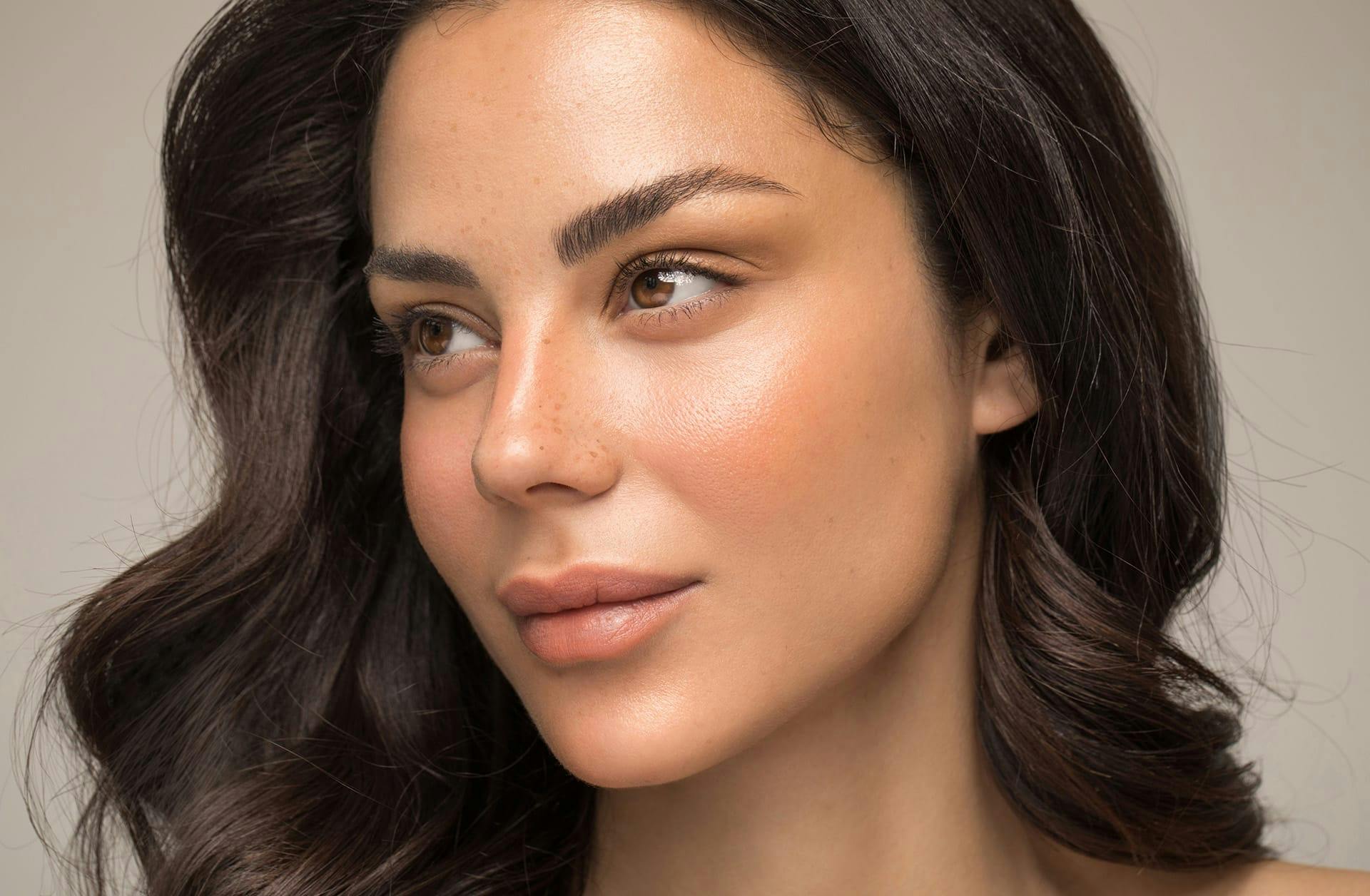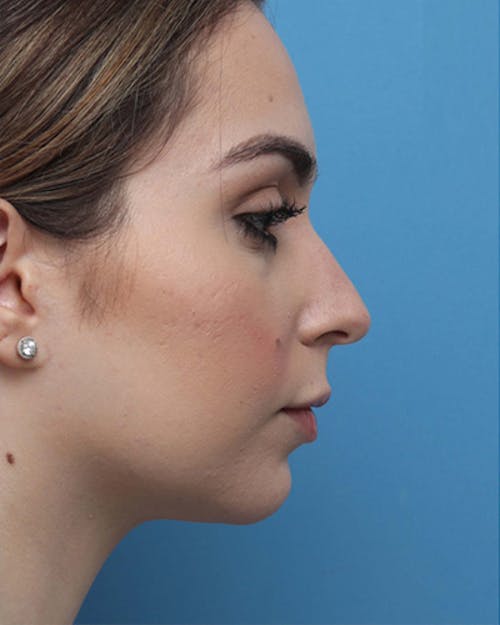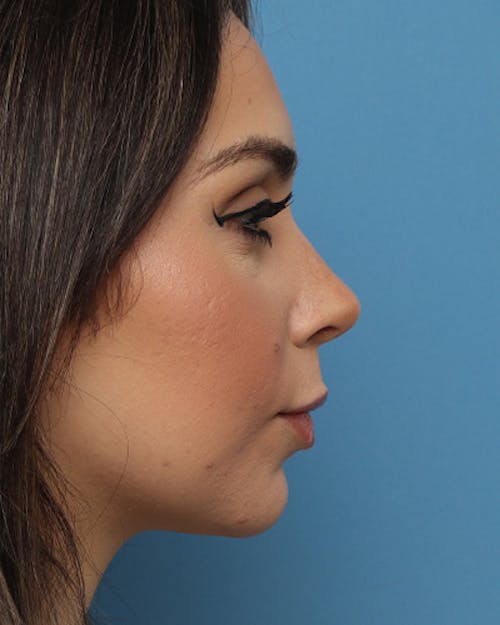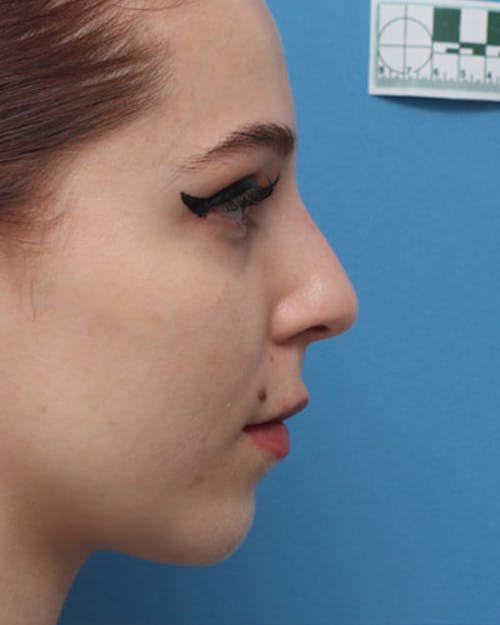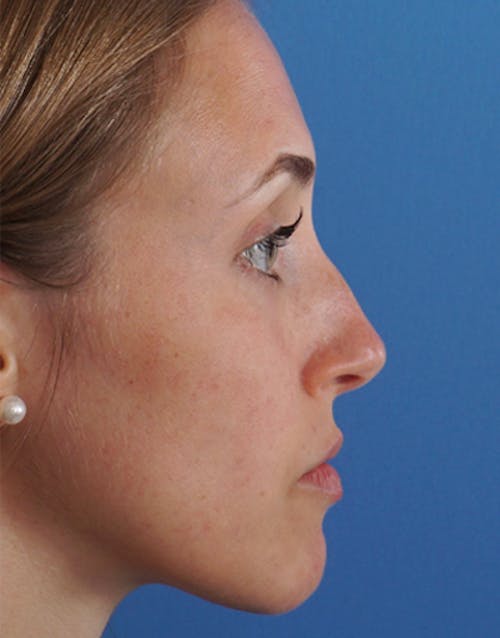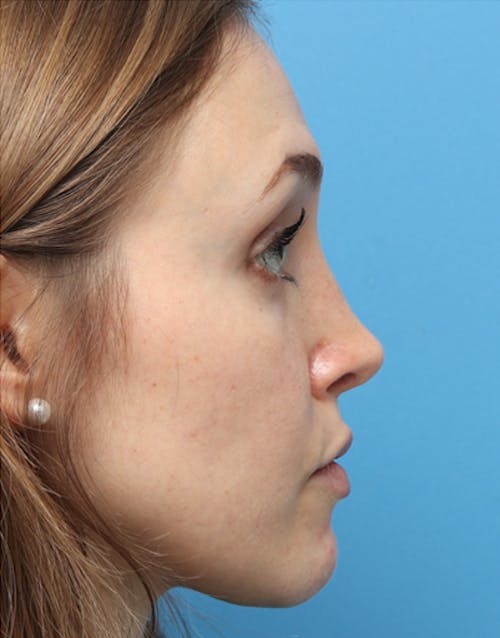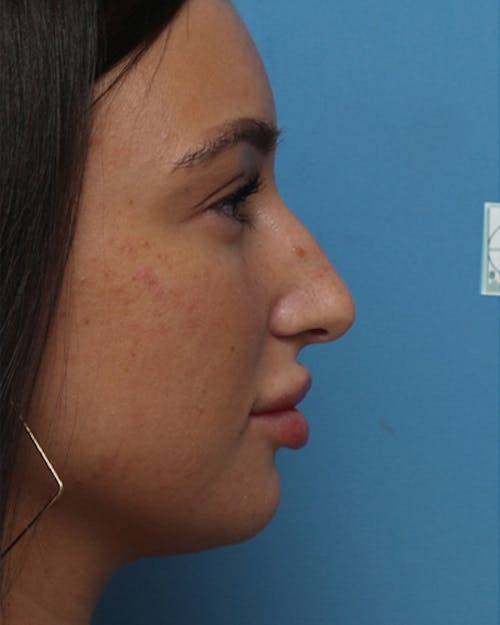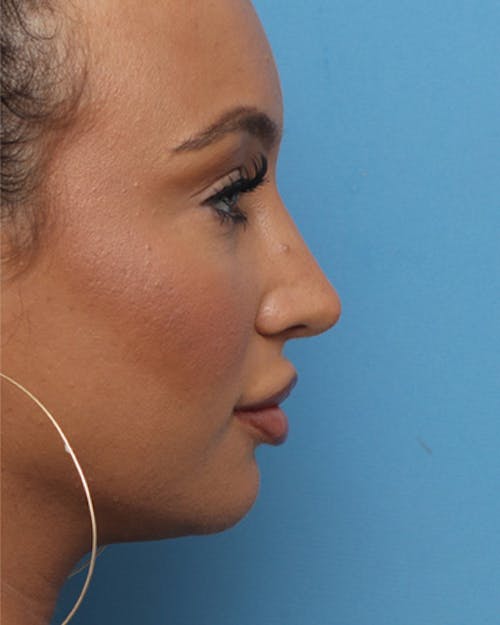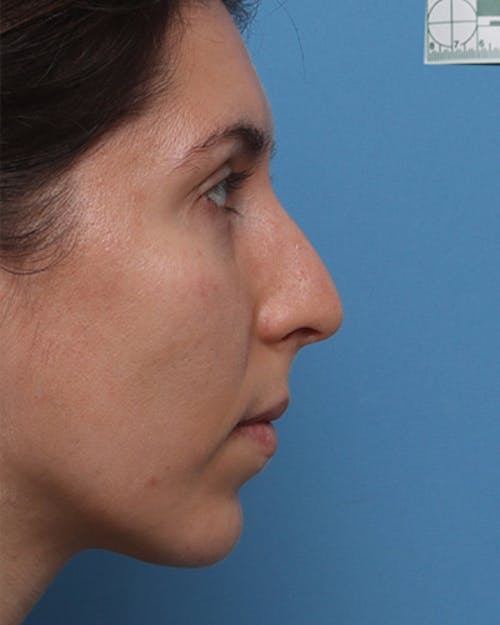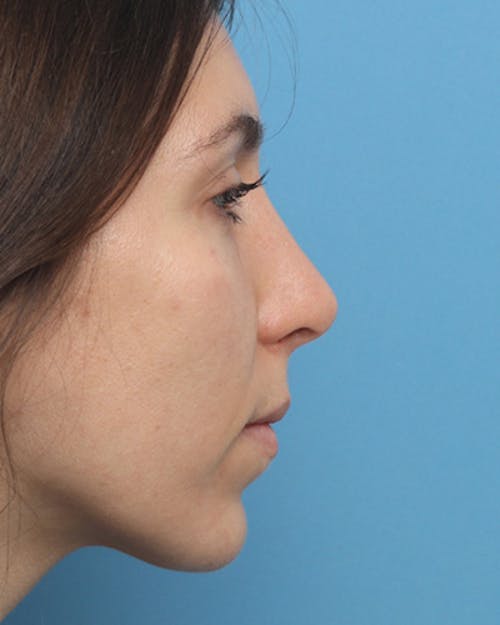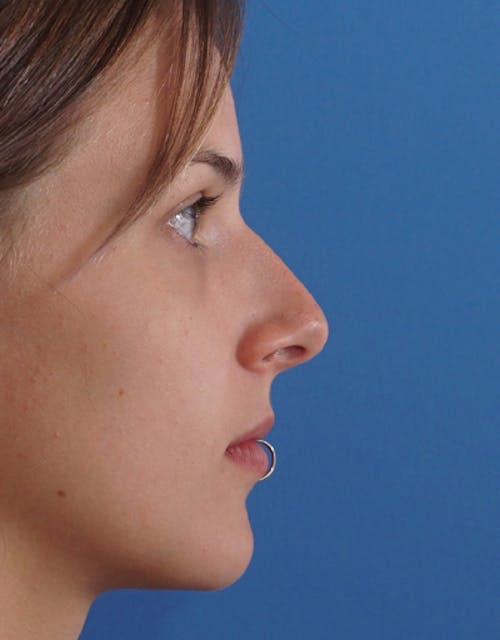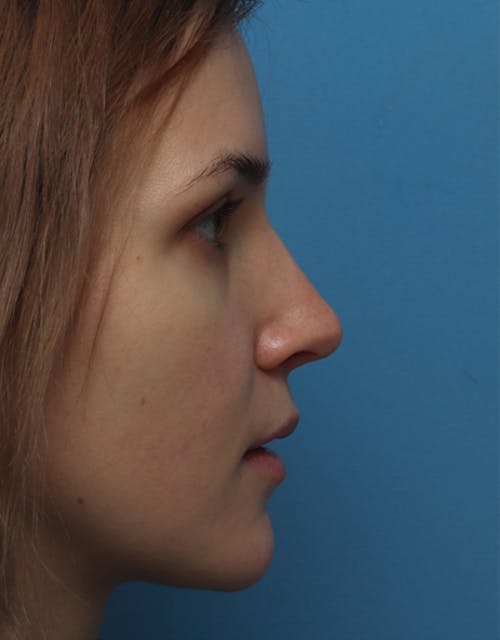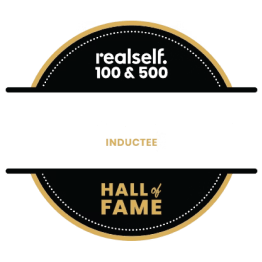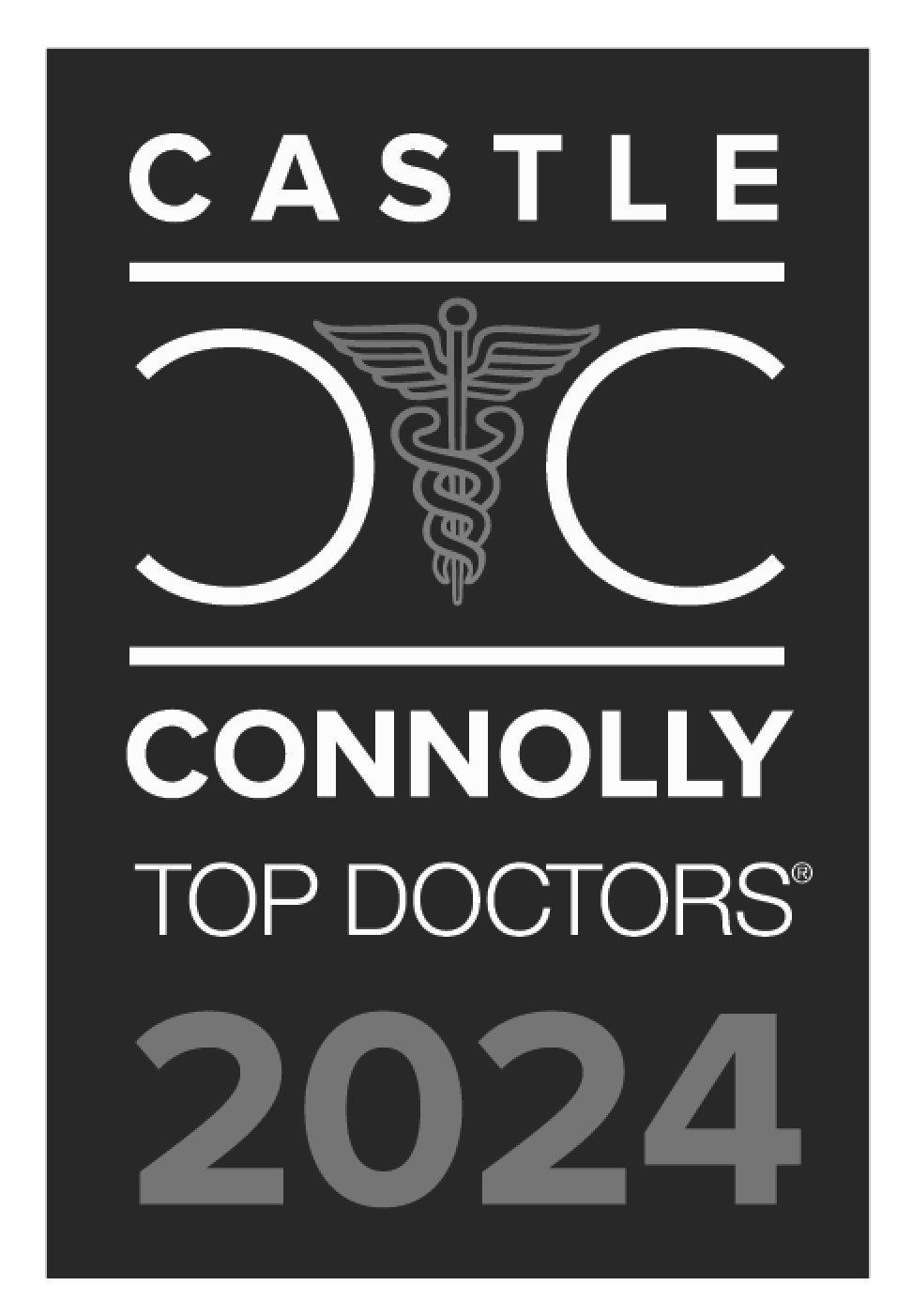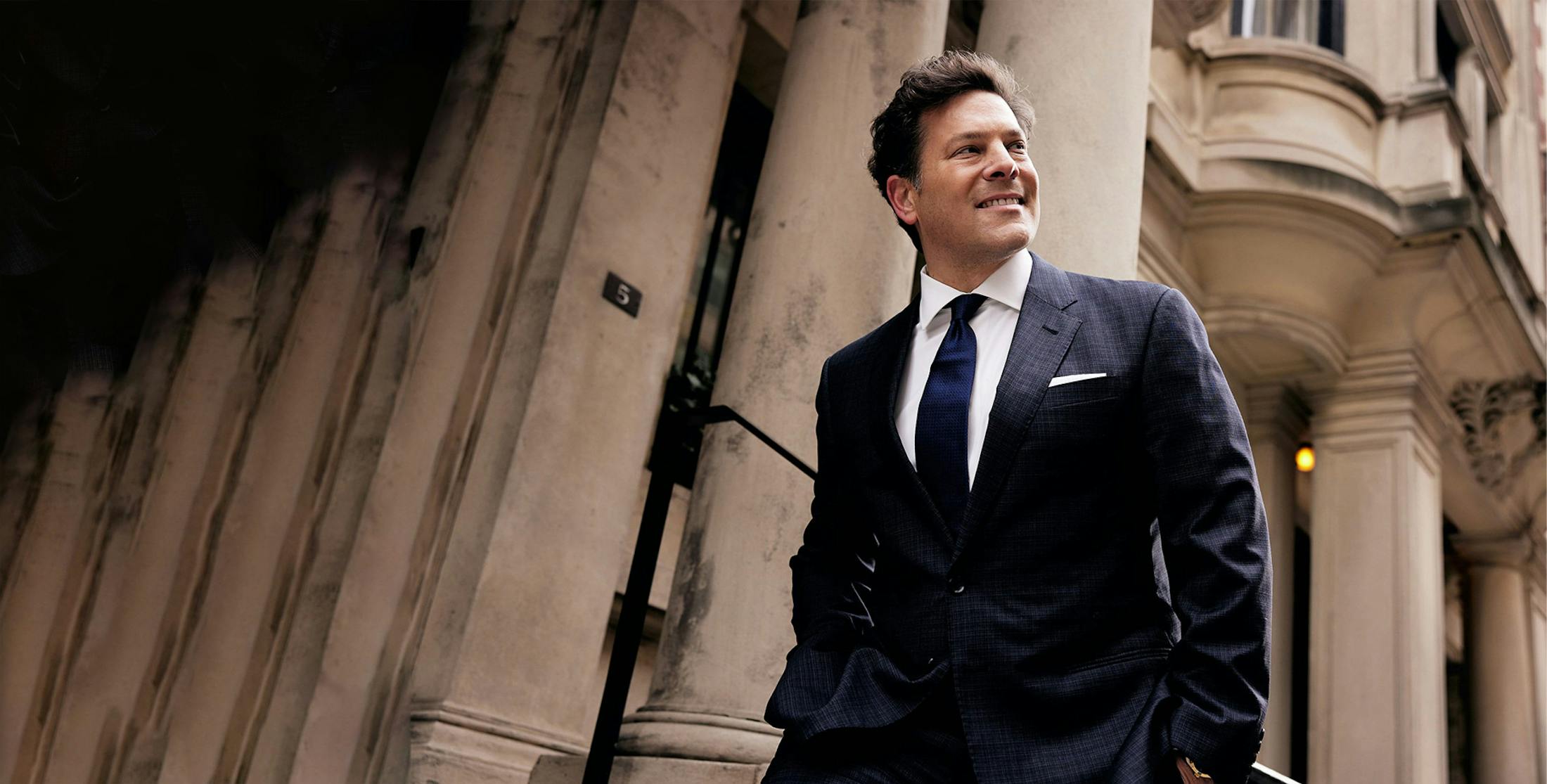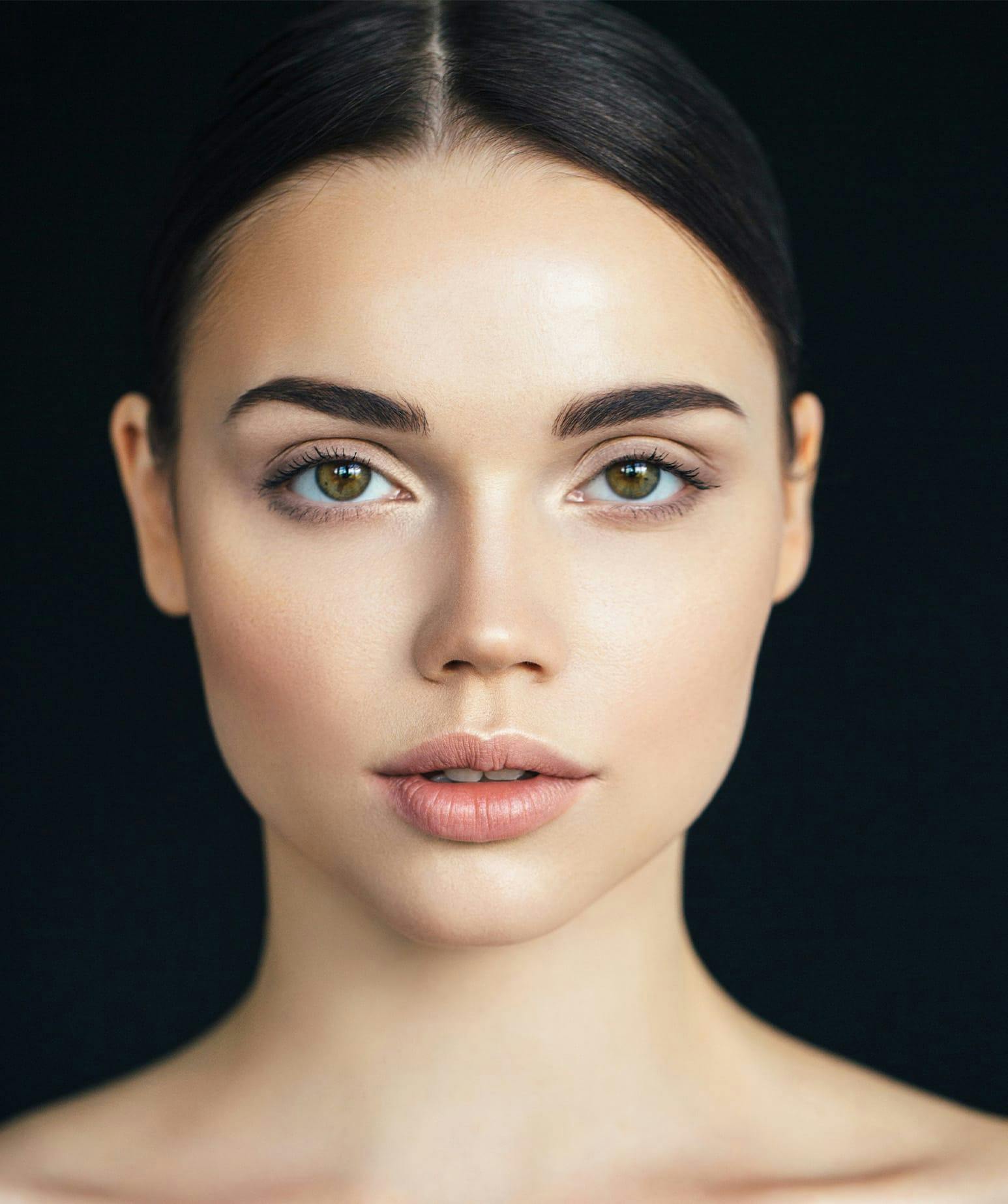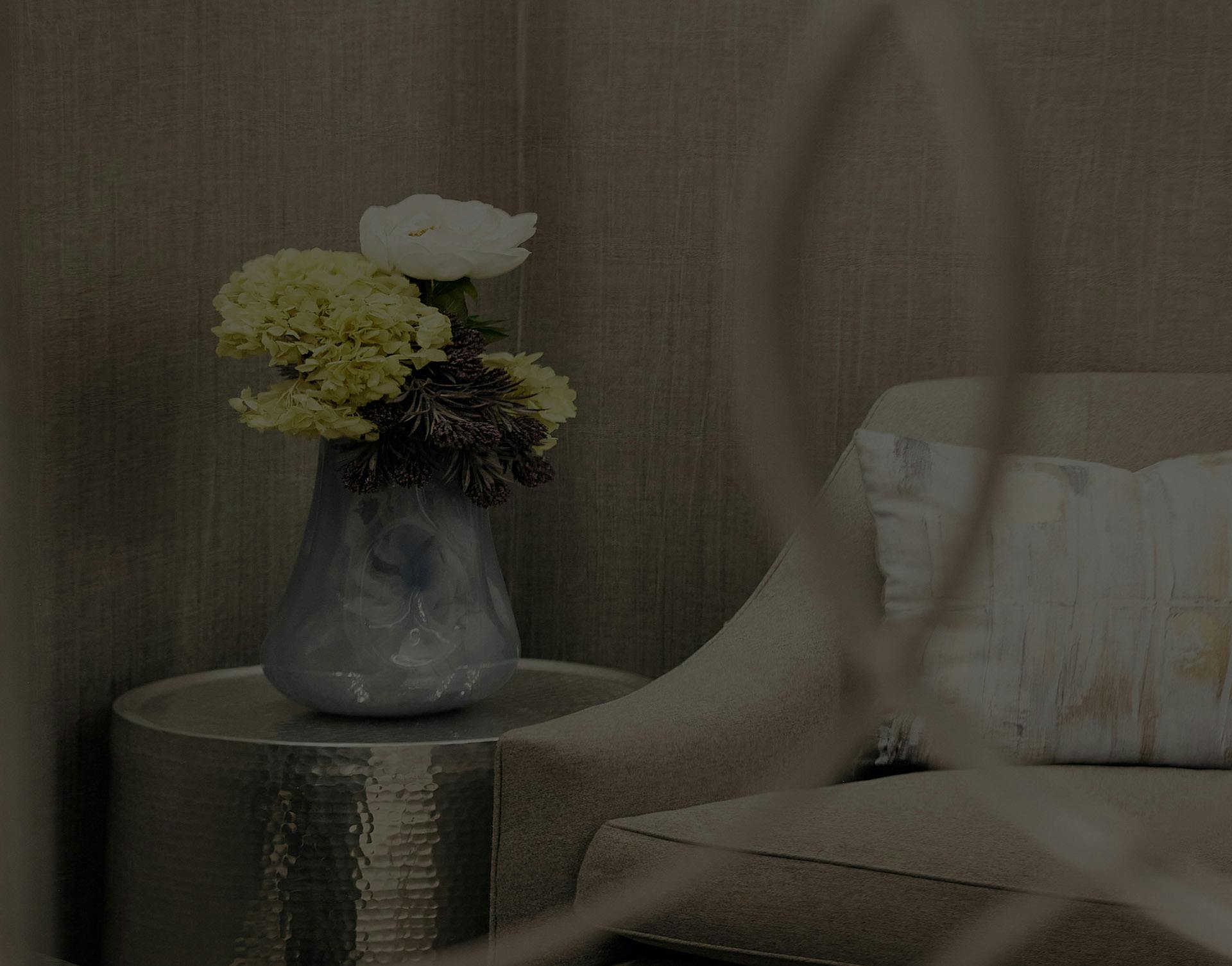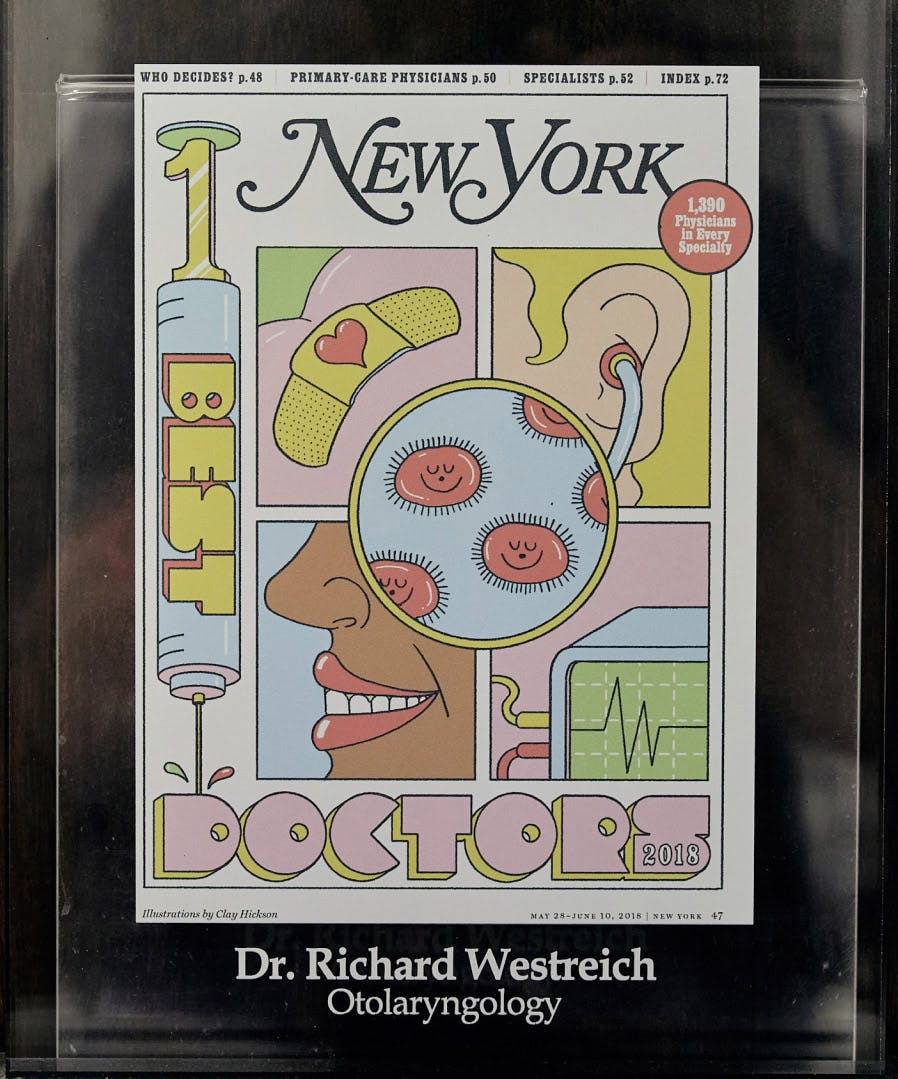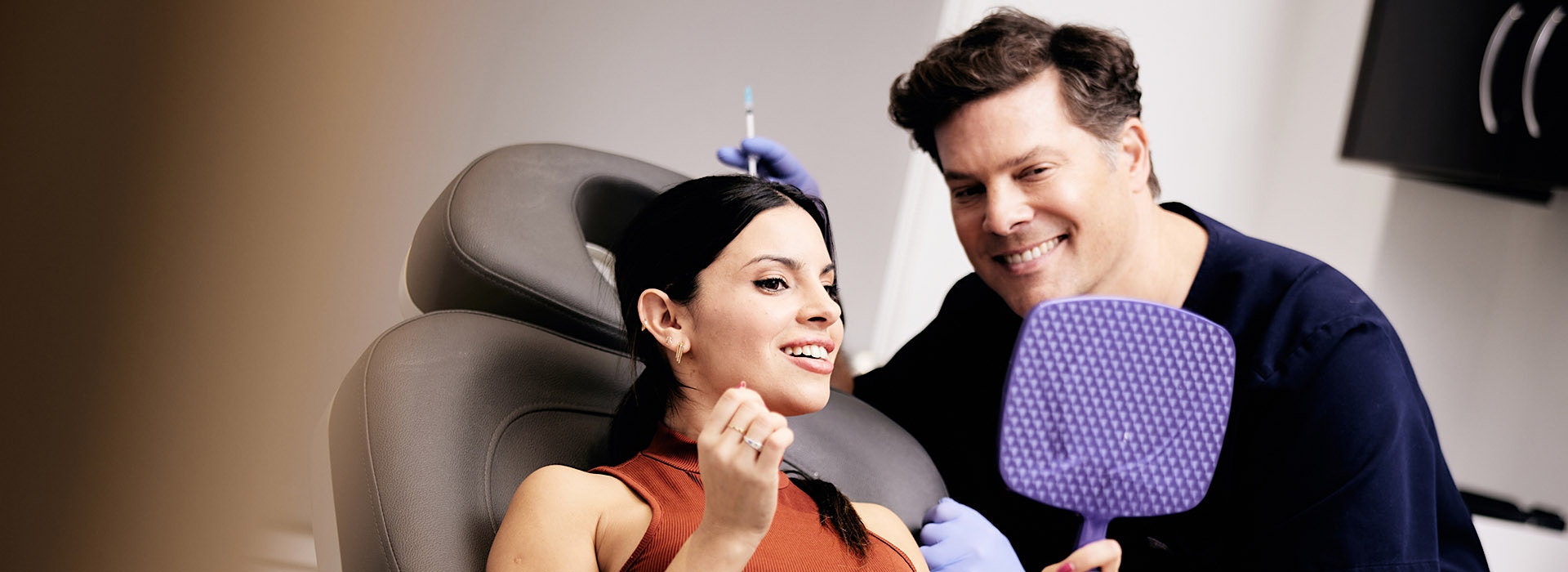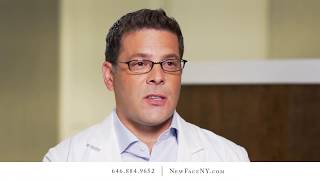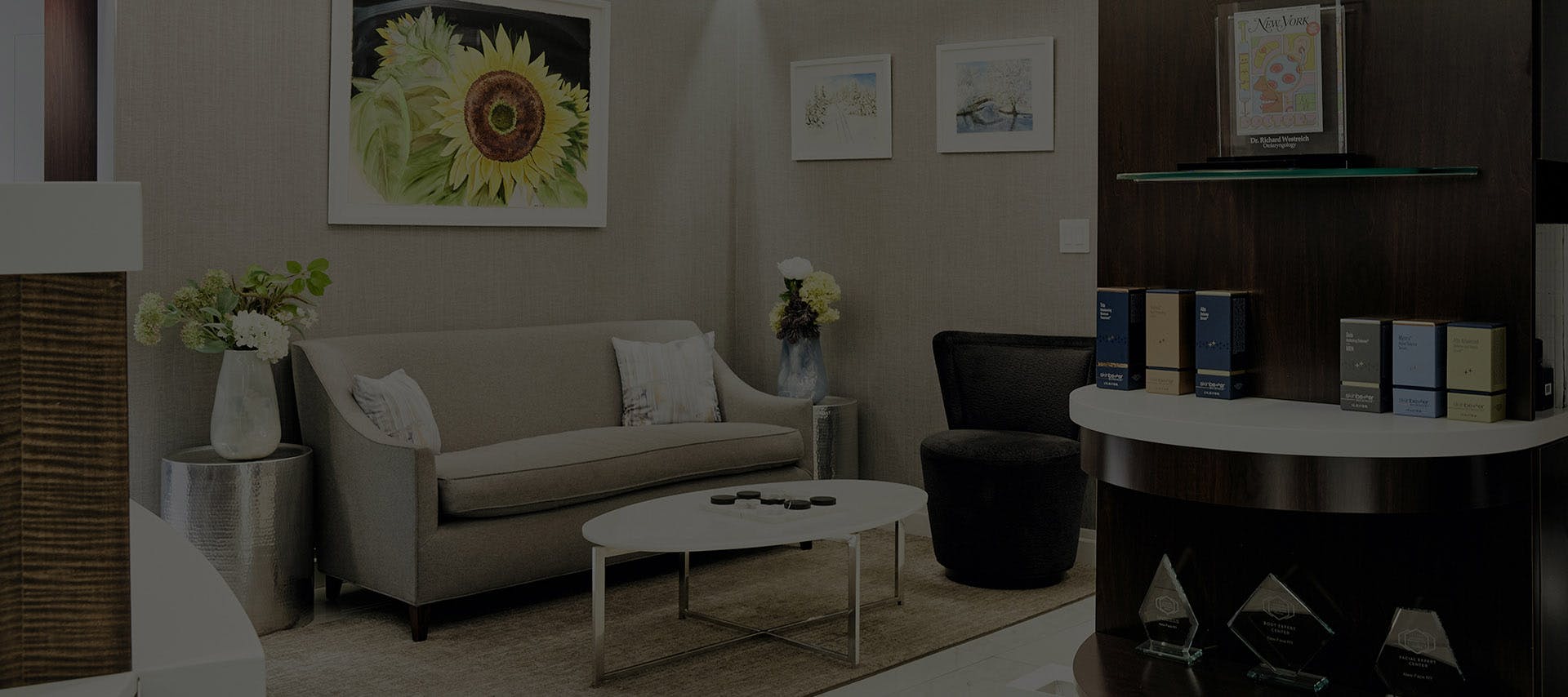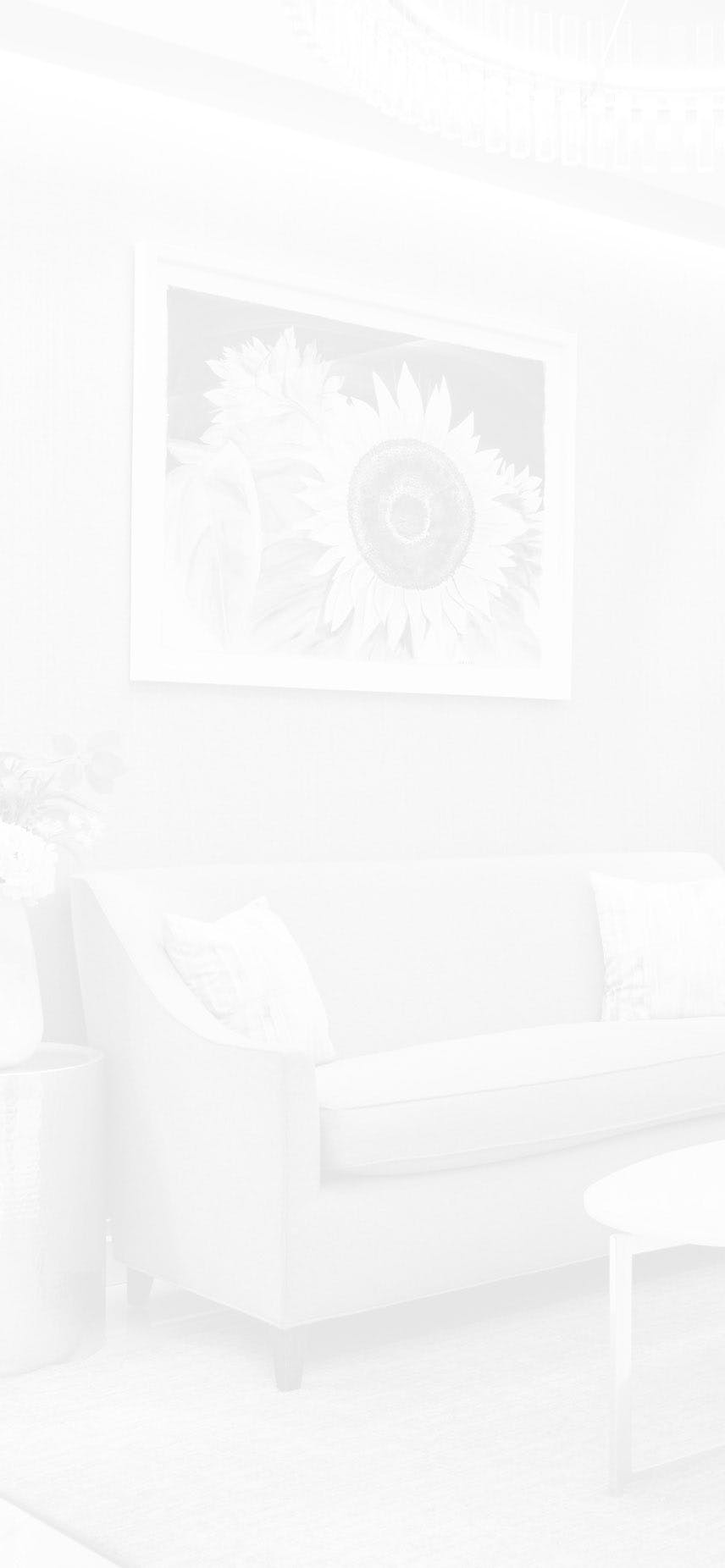At New Face NY, we specialize in transformative rhinoplasty procedures tailored to enhance both form and function. Led by Dr. Richard Westreich, our team combines expertise and artistry to achieve natural, harmonious results for every patient.
Benefits of Rhinoplasty
Cosmetic Benefits
- Reduces the size of the dorsal hump on the nose bridge
- Narrows an overly wide nose structure
- Create a more attractive look for a large, hanging, or bulbous nasal tip
- Corrects a pinched-looking nose tip
- Reshapes overly large or wide nostrils for a more refined look
- Improves overall facial harmony and proportionality
- Balances your facial features
- Improves overall self-confidence
Functional Benefits
- Corrects a deviated septum for healthier breathing function
- Can reduce snoring and mouth-breathing
- Restores a broken or crooked nose
- Can improve sleep quality
- Improves overall quality of life

